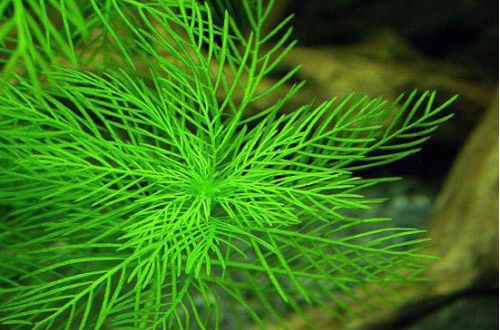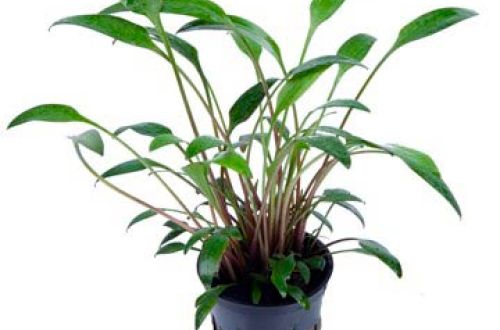
Hydrilla whorled
Whorled Hydrilla or Water Corolla, scientific name Hydrilla verticillata. Initially, the habitat of this species was limited to the temperate and tropical regions of Southeast Asia and Australia. However, thanks to the activities of people and in particular the aquarium trade, it quickly spread to all continents: Africa, Eurasia, South and North America. In a new environment for itself, the plant has successfully taken root and is now considered as a dangerous weed in many countries, for example, in Europe and America, and since 2011 in some countries (European Union) it has been banned for sale in order to avoid its introduction into the wild. In Eastern Europe, the Water Whisk is still available as an aquarium plant.
Outwardly, it resembles Egeria and Elodea, which are popular in the aquarium hobby. It is fixed at the bottom and forms long erect, weakly branching stems, reaching up to 2 meters in length under favorable conditions. In nature, if conditions change for the worse, then the plant forms stems creeping along the bottom with numerous shoots and bulbous formations sunk deep into the ground. It is a survival mechanism in adverse conditions. On each whorl there are from 3 to 9 narrow thin leaves with a serrated edge, which is clearly visible even without magnification. The distance between leaf nodes on the stem is uneven. Closer to the top of the gap are short, and in the old part of the plant they are noticeably larger.
Like any weed plant, it is unpretentious and does not require much attention when grown in an aquarium, it only needs to be trimmed periodically. Able to grow in a wide range of temperatures, illumination and values of hydrochemical parameters. Not demanding on the composition of the soil, the main thing is to ensure sufficient depth for rooting.





